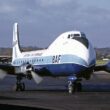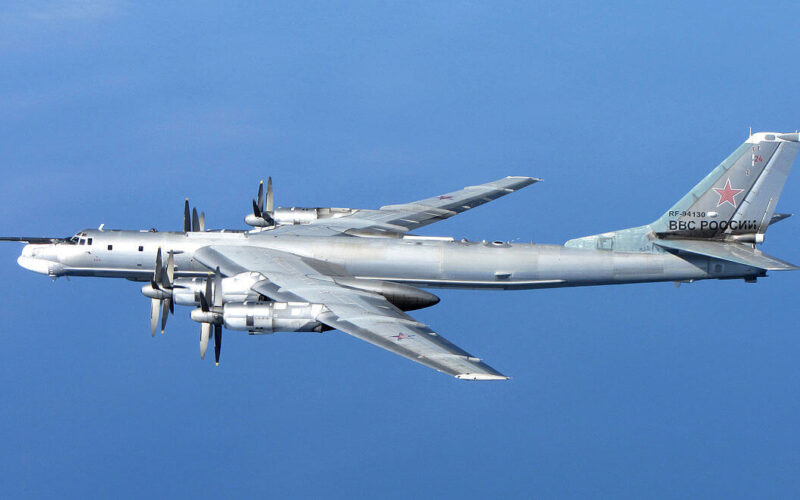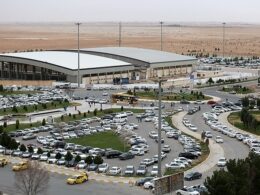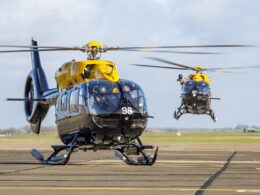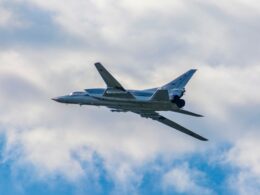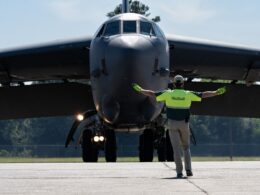The South Korean Joint Chiefs of Staff reported that six Russian military aircraft entered the country’s air defense identification zone on the East Sea, the West Sea, and the South Sea. More than ten fighter jets were scrambled to intercept them.
The Russian warplanes involved were an A-50 airborne early warning and control aircraft, at least three Su-35S fighter jets, and two Tu-95MS strategic bombers. They were detected near the Dokdo Islets, the Jeju Island, and in the Yellow Sea. The incidents happened over six hours.
Several F-15K and KF-16 fighter jets were scrambled to intercept and identify the Russian aircraft, before escorting them away out of the Korean Air Defense Identification Zone (KADIZ). “Our military has conducted normal tactical measures such as tracking and surveillance flights and warning broadcasts”, said the Joint Chiefs of Staff in a statement.
It is the 20th time this year that Russian military planes entered KADIZ, according to Yonhap News Agency.
The Russian Ministry of Defense confirmed to Interfax that two strategic bombers and their escort flew over the Sea of Japan and the Yellow Sea, and that they were accompanied by a pair of fighters, namely F-15, F-16 of the South Korean Air Force and F-2 of the Japanese Air Force, at certain stages of the route.
The exchange remained cordial this time. But it is not always the case. On July 23, 2019, fighter jets of the South Korean Air Force fired several hundred warning shots at a Russian Beriev A-50 airborne early warning and control aircraft that was flying near Dokdo islands.
Dokdo is the name South Korea uses for Liancourt rocks, several islets in the East Sea over which the incident happened. Japan uses the name of Takeshima while naming the region the Sea of Japan. While South Korea has control over the islets where it has built several infrastructures and keeps a small police force, its sovereignty over them is disputed by Japan. North Korea also has a claim on the islets.
The Japanese authorities, who also deployed fighter jets during the incident, filed two formal complaints. One was aimed at Russia for its incursion, and the second was against South Korea’s reaction. “In light of Japan’s stance regarding sovereignty over Takeshima, the South Korean military aircraft having carried out warning shots is totally unacceptable and extremely regrettable,” said the representative of the government, Yoshihide Suga at the time.
But South Korea recently reignited the hostilities by flying several F-15K fighter jets over the islets to celebrate the 71st anniversary of its armed forces.

